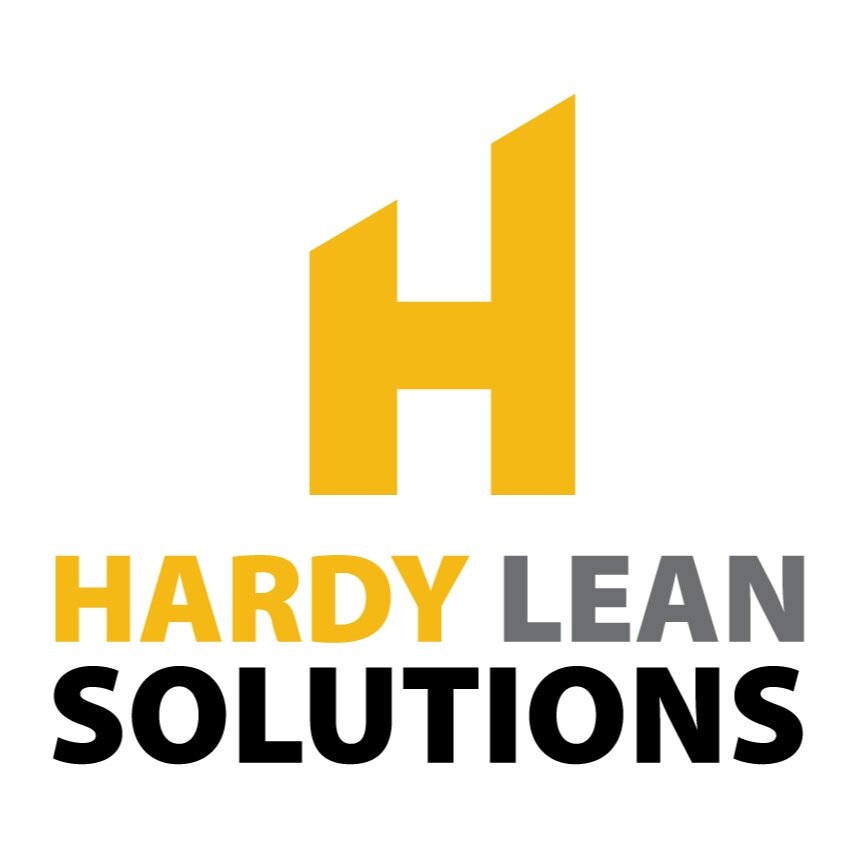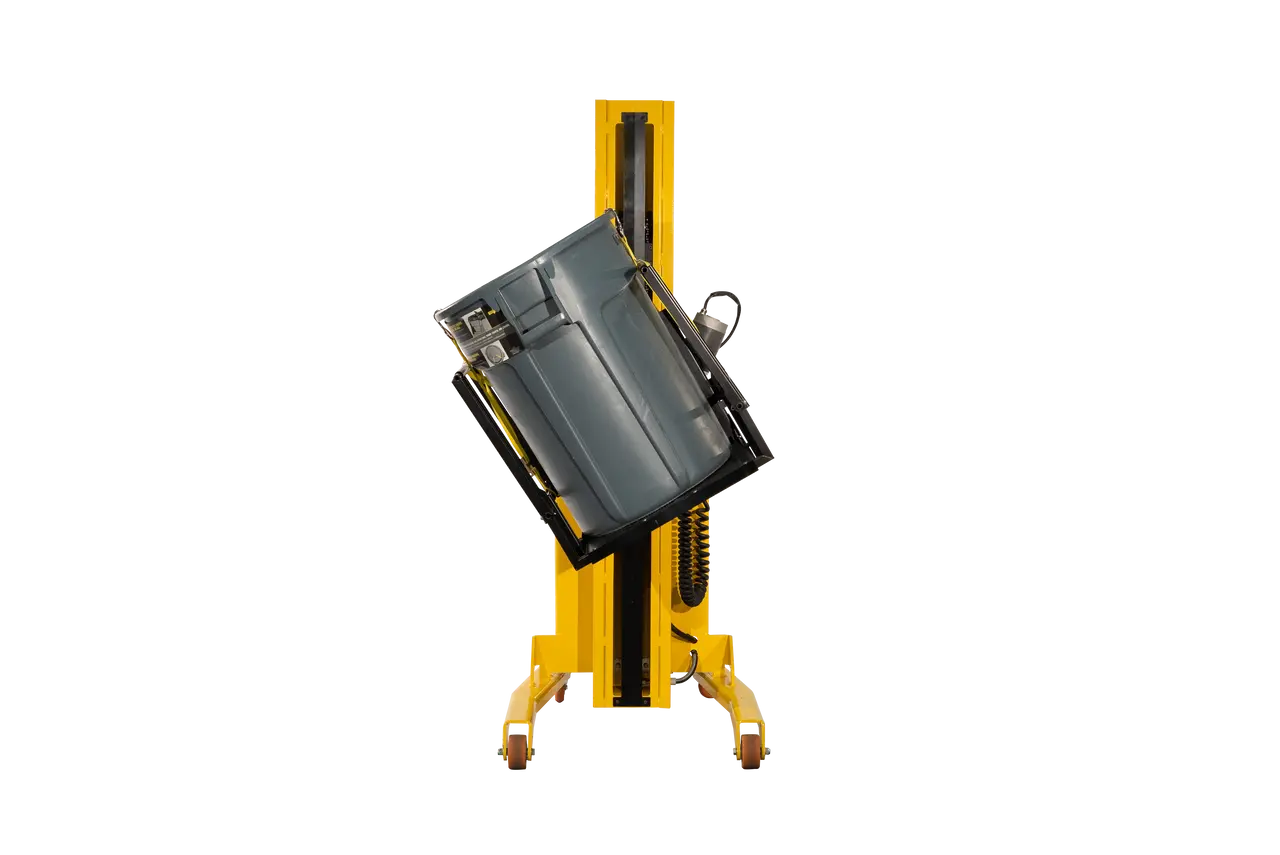When it comes to lifting machines, safety should always be a top priority. Whether you're using these machines in a construction site or an industrial facility, understanding the safety features is crucial. In this guide, we'll explore the key safety features to look for in a lifting machine to help you make informed decisions.
Step 1: Understand Load Capacity
Understanding the load capacity of your lifting machine is essential. Always know the maximum weight the machine can lift to avoid overloading.
Each lifting machine comes with a specified load limit. Exceeding this limit can lead to dangerous situations, so be sure to check the manufacturer's guidelines.
Additionally, consider how the load distribution affects stability. An unevenly distributed load can cause the machine to tip over, even if the weight is within limits.
Regularly monitor the load capacity to maintain safety. Conditions and wear can change the effective capacity, so a continuous assessment is vital.
Step 2: Check Emergency Stop Features
When operating heavy machinery, emergencies can arise unexpectedly. That's why it's crucial to check for easily accessible emergency stop features.
The emergency stop button should be clearly marked and positioned where operators can reach it quickly in a crisis. This small feature can make a huge difference.
Look for machines that have dual emergency stop options—one on the machine itself and one remote option. This redundancy ensures operator safety no matter their position.
Regularly testing the emergency stop features is also important. Make it a part of your pre-operation checklist to ensure reliability.
Step 3: Evaluate Stability Features
When lifting heavy objects, stability is crucial. Evaluate the design of the lifting machine for features that enhance stability, such as wider bases and anti-tip mechanisms.
A wider base typically provides a better center of gravity, significantly reducing the risk of tipping over. Additionally, some machines offer adjustable base widths for added flexibility.
Anti-tip mechanisms can also make a significant difference. These features lock the machine in place when necessary, preventing accidental movements during operation.
Remember that environmental factors, like wind or uneven ground, can impact stability, so consider selecting machines designed for those conditions.
Step 4: Inspect Safety Controls
Safety controls are the backbone of any lifting machine. Ensure that the lifting machine has user-friendly controls that prevent accidental activations.
Look for machines equipped with multiple control methods. Dual systems—like a joystick for smooth movements and buttons for specific functions—can enhance both usability and safety.
Furthermore, consider enclosures around controls to prevent unauthorized use, especially in busy environments. These enhancements can significantly reduce the risk of accidents.
Lastly, familiarize yourself with the control layout during initial training. Knowing which button does what can help avoid confusion during critical moments.
Step 5: Review Maintenance and Inspection Procedures
Regular maintenance is essential for safety in lifting machines. Consider machines that have clear guidelines for regular maintenance and safety inspections.
A well-documented maintenance schedule should include checklists and timelines for inspections. These documents help ensure that nothing is overlooked.
Look for machines that require routine reporting on operational hours and condition. This transparency can help catch potential issues before they turn into serious problems.
Establishing a buddy system for inspections can also enhance safety. Having two people involved in maintenance checks can provide an added layer of oversight.
Step 6: Look for User Training Resources
Lastly, user training is paramount when it comes to safety. Choose machines that offer training materials to educate users on safe operation.
Effective training programs should cover not only how to operate the machine but also how to handle emergencies, recognize hazards, and perform basic maintenance.
Consider whether the manufacturer offers online resources, manuals, or even in-person training sessions. Accessibility to training can greatly enhance safety awareness on the job.
Ongoing training refreshers can also be beneficial. Regular updates on safety protocols and operational changes help keep skills sharp and ensure a safety-first mindset.
Final Thoughts on Lifting Machine Safety
By keeping these safety features in mind, you can ensure that the lifting machine you choose meets the highest standards of safety and reliability. Always prioritize safety to protect yourself and others around you. Check out our lifting machines at www.hardyleansolutions.com


